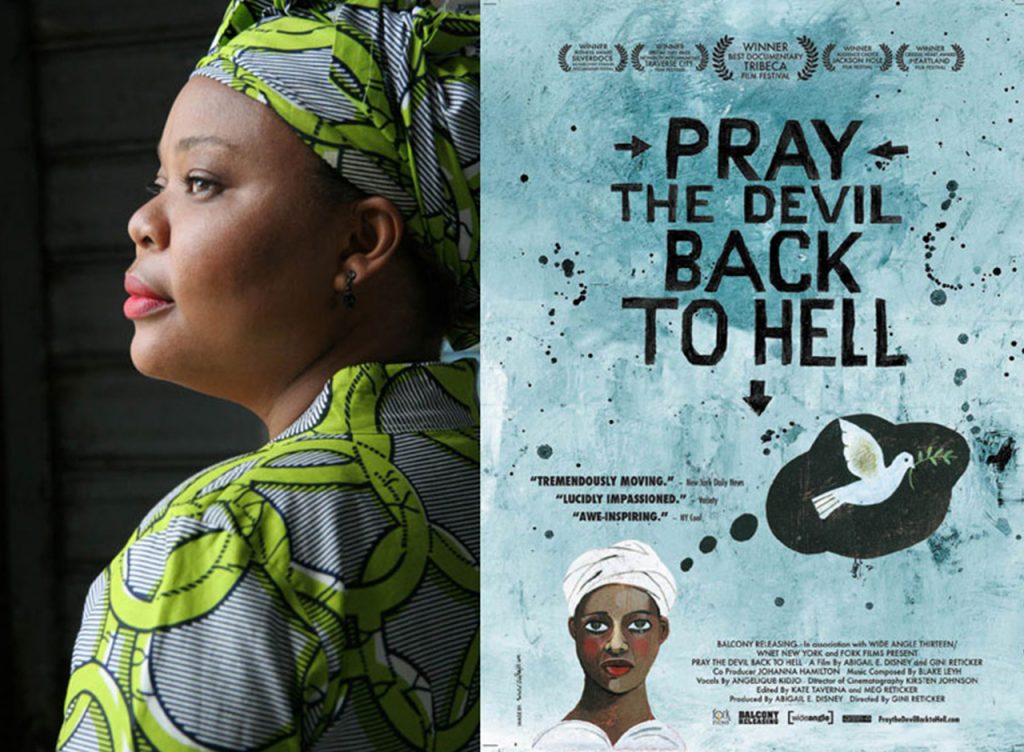Documentary review

The documentary Pray the Devil Back to Hell provides a powerful case study of how ordinary citizens, particularly women, can mobilized nonviolent action to confront one of Africa’s most brutal conflicts. Led by Leymah Gbowee, the Liberian women’s movement pursued clear and precise goals: to end the civil war, secure peace negotiations, and reclaim their families’ future. Their strategies were grounded in inclusivity (bridging Christian and Muslim divides) and their tactics included fasting, and prayer. Tactics also included sit-ins, public chants, and, when negotiations stalled in Ghana, the threat of public nudity. In these different tactics and strategies, we can clearly see an application of what Gene Sharp describes as methods of protest, noncooperation, and intervention.
The film illustrates that nonviolent resistance can succeed even where or when diplomacy fails. By forming a firm white line between warring factions, the women disrupted cycles of violence and delegitimized the warlords. Ultimately, this movement contributed to Taylor’s exile and the election of Africa’s first female president, Ellen Johnson Sirleaf. Their achievement supports Sharp’s argument that when nonviolent struggle derives its power from the mobilization of social unity rather than reliance on arms, it can still produce real change.
From a West Sahelian perspective (confronted with violent insurgencies and intercommunal conflict), the film resonates on many levels. The Liberian women’s insistence on unity captured in Gbowee’s question, “Does a bullet know a Christian from a Muslim?”, offers a vital lesson for the Sahel, where ethnic and religious tensions are exploited to sustain conflict. A nonviolent movement in the Sahel region would need to similarly transcend identity divides, claiming legitimacy by appealing to shared suffering and collective aspirations for peace.
The film has more than a historical account; it is a pedagogical tool for understanding how grassroots mobilization, moral courage, and creative nonviolent tactics can succeed where traditional diplomacy and armed force often fail. For students of nonviolence, it illustrates the practical application of Sharp’s methods reminding us that sustainable peace is built on dismantling and disarming (nonviolently) the social conditions that fuel it.
